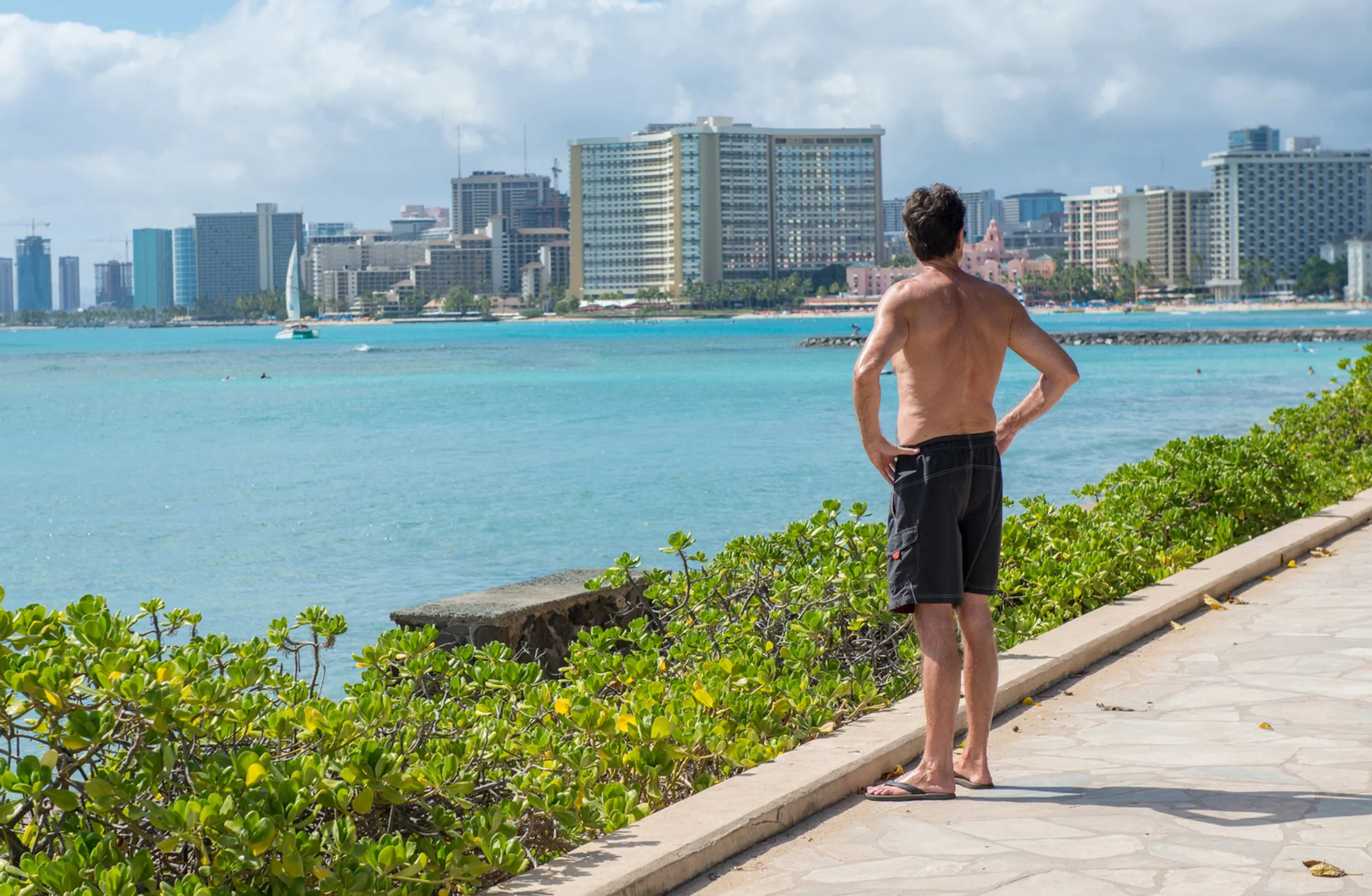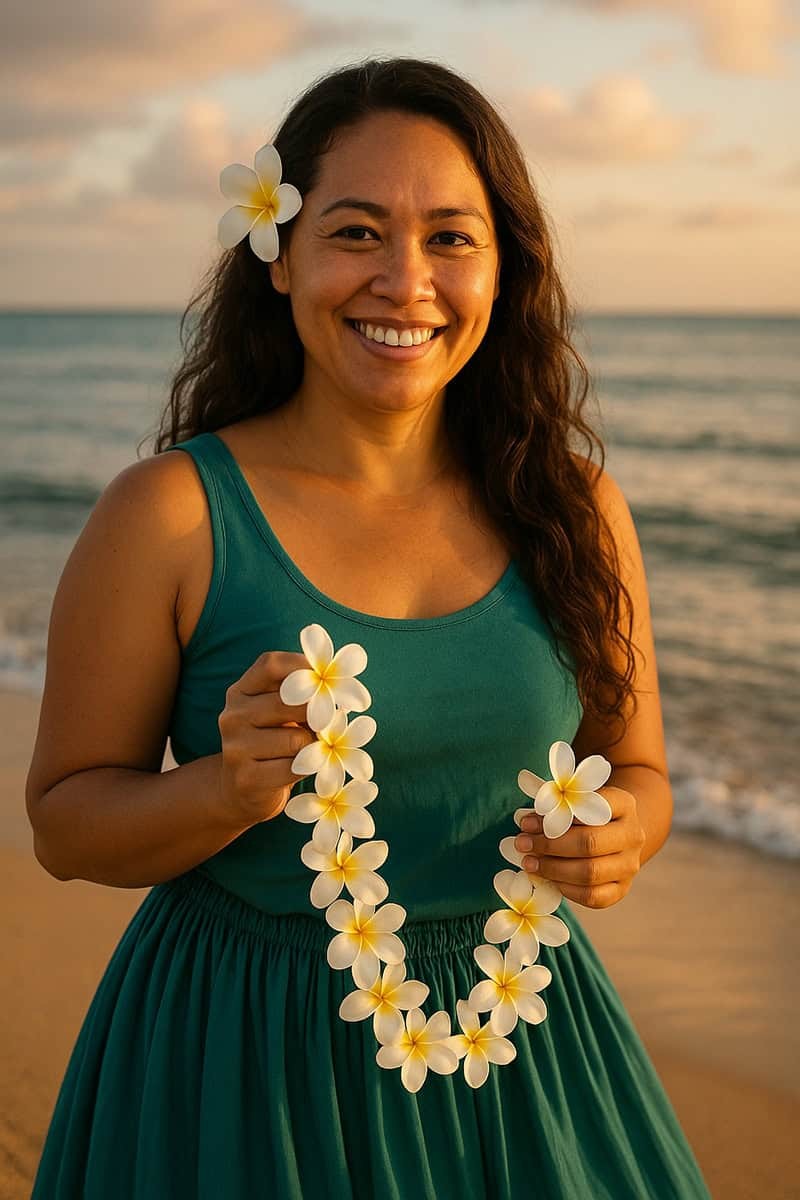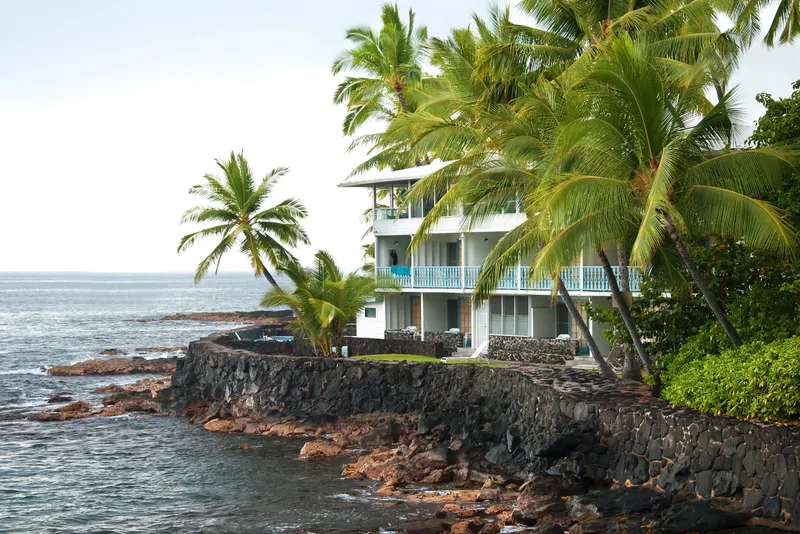

The Unseen Hawaiʻi
Exposing the Truth Behind the Aloha - Resort Fees, Authenticity & Hidden Realities

Written by a Local Expert
Leilani AkoThe Resort Fee Racket & The Kamaʻāina Code

Exposing the Scam
Let us call it what it is. The "resort fee" is a deceptive practice. It's a mandatory daily charge, often ranging from $20 to over $50, for amenities that were once considered part of the standard room rate. Like Wi-Fi or pool access.
This practice, known as "drip pricing," allows hotels to advertise a lower initial nightly rate. Only to inflate the final bill at checkout. It's a practice so misleading that the Federal Trade Commission (FTC) has warned hotels about it.
Fighting Back: A Three-Step Approach
- 1 Politely but firmly refuse to pay the fee at check-in. State you have already paid the advertised rate.
- 2 If forced to pay to get your key, dispute the "resort fee" portion with your credit card company after your stay.
- 3 File a formal consumer complaint with the Hawaii Attorney General's office.
"Authenticity" on the Auction Block: Cultural Commodification & Exploitation
The word "authentic" is perhaps the most overused and abused term in travel marketing. On the Big Island, it's crucial to distinguish between genuine cultural sharing and cynical cultural commodification.
True Authenticity
Comes from a place of respect and is often led by cultural practitioners themselves. When a kumu (teacher) or cultural ambassador shares their knowledge of lei making, hula, or the Hawaiian language, it's an act of perpetuation. These programs are designed to educate and connect guests to the host culture.
Cultural Commodification
Many resort luaus have evolved into a "dinner theater" format. While often entertaining and family-friendly, they're performances packaged for tourist consumption. The relentless march of development has sometimes led to the destruction of sacred sites.
Luau Authenticity Guide
The Shifting Sands: Beach Erosion & Environmental Greenwashing
The Uncomfortable Reality
The pristine beaches of the Kohala Coast are not static postcards. They're dynamic, living ecosystems under threat. Coastal erosion is a measurable reality in Hawaiʻi. Over the last century, 70% of the beaches on Kauaʻi, Oʻahu, and Maui have eroded. 9% of the total beach length has disappeared completely.
Genuine Environmental Efforts
- Mauna Lani's Akoʻakoʻa Reef Restoration Program
- Four Seasons' on-site water bottling plant
- Kaʻawa Loa Plantation's 100% solar power
Greenwashing Red Flags
- Towel reuse signs while replacing daily anyway
- Rustic "eco-friendly" aesthetic hiding diesel generators
- Vague sustainability promises without measurable actions
Access for All? A Hard Look at Accessibility Failures
Real-World Failures
Leilani's Call to Action
The hospitality industry in Hawaiʻi must move beyond a mindset of mere compliance. True aloha means welcoming everyone.
It requires a commitment to universal design principles that anticipate and accommodate the needs of all travelers, ensuring that the beauty and spirit of the islands are genuinely accessible to every single guest, without exception.
📍 Complete Guide
🔍 Insider Secrets
- Resort fees are avoidable
- Cultural authenticity varies widely
- Ask about accessibility details
- Sustainability claims need scrutiny
💰 Fight Resort Fees
🌺 Authenticity Meter
📧 Stay Updated
Get exclusive insider tips and truth behind resort marketing.

